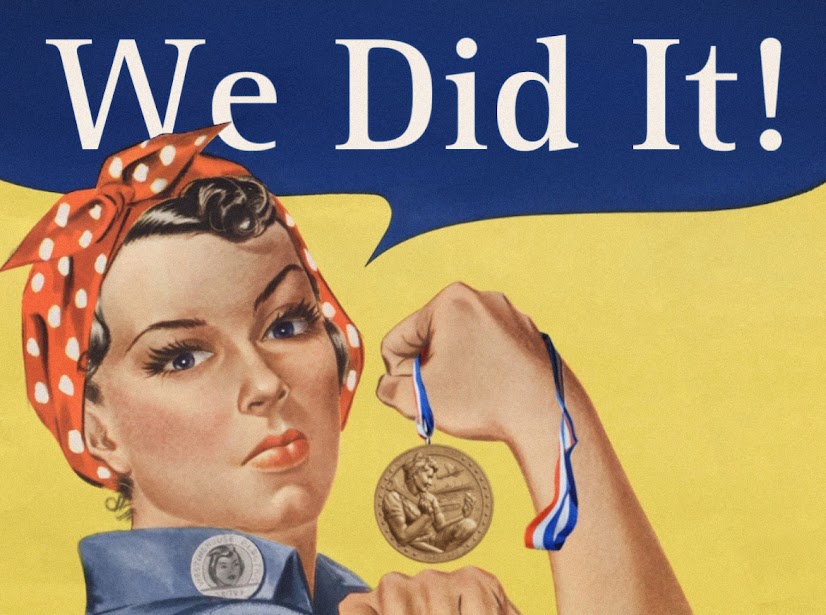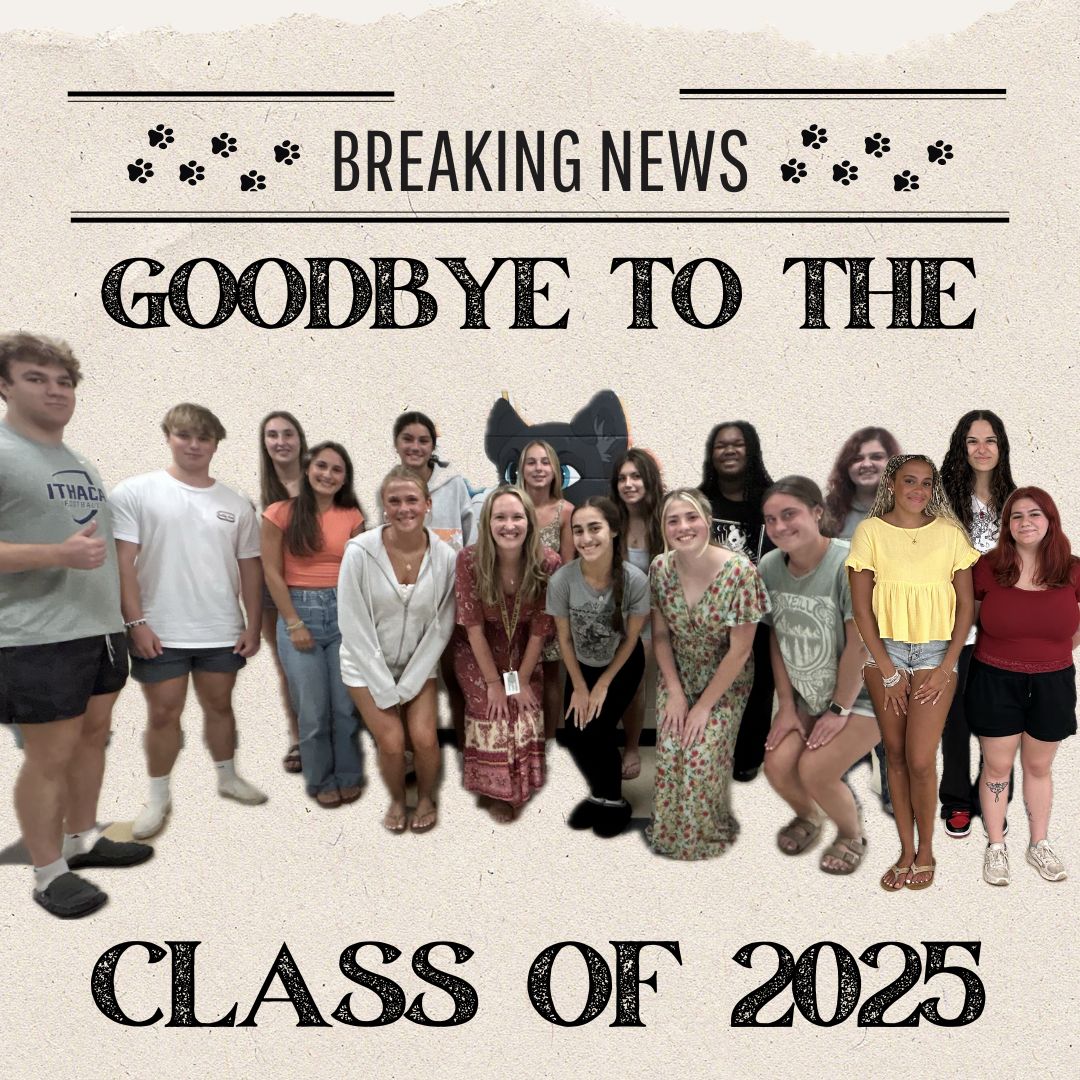On April 10, 2024, the women who inspired “Rosie the Riveter” were given the long-overdo, and well-deserved, Congressional Gold Medal, and 98 year old Mae Krier, one of the original “Rosies,” accepted the honor on their behalf.
During World War II, “Rosie the Riveter” had jump started a campaign to get women into defense industries, and in doing so, became the face for women in the workforce. More and more American women started working jobs that were closed off to them prior, because men were at war. “Between 1940 and 1945, the female percentage of the U.S. workforce increased from 27 percent to nearly 37 percent, and by 1945 nearly one out of every four married women worked outside the home” (history.com).
Most women worked in factories or other home front jobs, but about 350,000 women joined the Armed Services, some serving from home and others abroad. This was because General George C. Marshall was in support of the idea to introduce a women’s service branch into the Army with encouragement from First Lady Eleanor Roosevelt and many women’s groups. It would be the spring of 1942 when congress instituted the Women’s Auxiliary Army Corps, which later advanced to the Women’s Army Corps, whose members were called WACs and who had full military status. By 1945, there were more than 100,000 WACs, along with 6,000 female officers. The Navy, the Coast Guard, and Marine Corps followed suit, but in deflated numbers. Another role, just lesser-known, played by women was provided by the Women’s Airforce Service Pilots, also known as WASPs. These women had their pilot’s license before they served, and they became the first women to fly American military aircrafts. Over 1,000 women served as WASPs, and 38 of them died over the duration of the war. They were not permitted any military honors or benefits, and they wouldn’t reach full military status until 1977.
Rosie is thought to be loosely based on Naomi Parker Fraley, a waitress from California who worked at the Naval Air Station in Alameda, and even though she is just a character, she is the most iconic representation of working women during World War II. In late May of 1943, The Saturday Evening Post had published a cover by Norman Rockwell that was inspired by J. Howard Miller’s prototype of a strong female factory worker. Rosie can be seen flexing her muscles, while sporting a polka-dotted bandana and an employment badge on her lapel, with the slogan “We Can Do It!” written across the top. She was in the movies, in the news, on posters, in magazines, and everywhere else, as a prodigious symbol of patriotism; she was the “former housewife turned war hero” (hbr.org). The name originated from a song called “Rosie the Riveter,” by Redd Evans and John Jacob Loeb, and it stuck.
There were 30 other “Rosies” that joined Mae Krier in accepting the Congressional Gold Medal, and all were wearing red and white polka-dotted attire. Krier had spent decades and decades promoting awareness about the “Rosies’” contributions to the war effort, and asking for Congress to formally honor them. The Congressional Gold Medal is the oldest and highest civilian honor, with fewer than 200 medals being awarded in the country’s history. Speaker Mike Johnson hosted the ceremony and praised the women who “used their talents for the good of our nation.”
Representative Jackie Speier said, “The Rosies didn’t just help to win the war. They transformed the workforce and the culture in this country forever.”
“We were good,” said Krier. “Sometimes, we were much better than the men, but we didn’t get the same pay as the men. The men got paid a lot more.”









